Embarking on the GAPS Diet journey can be both an exciting and transformative experience, promising a path toward healing and renewed vitality. At the heart of this approach lies the full protocol—a comprehensive framework designed to restore gut health by carefully nourishing the digestive system. Yet, navigating meal planning within this structured regimen can feel daunting, requiring thoughtful selection and preparation of foods that support both healing and enjoyment. In this article, we unravel the essentials of crafting a balanced and effective meal plan for the GAPS Diet Full Protocol, blending nutritional wisdom with practical guidance to help you step confidently into your restorative culinary adventure.
Table of Contents
- Understanding the Foundations of the GAPS Diet Full Protocol
- Essential Foods to Include and Avoid for Optimal Gut Healing
- Crafting Balanced Meal Plans for Each Stage of the GAPS Diet
- Incorporating Nutrient-Dense Bone Broths and Fermented Foods
- Practical Tips for Meal Preparation and Maintaining Dietary Compliance
- Q&A
- In Retrospect
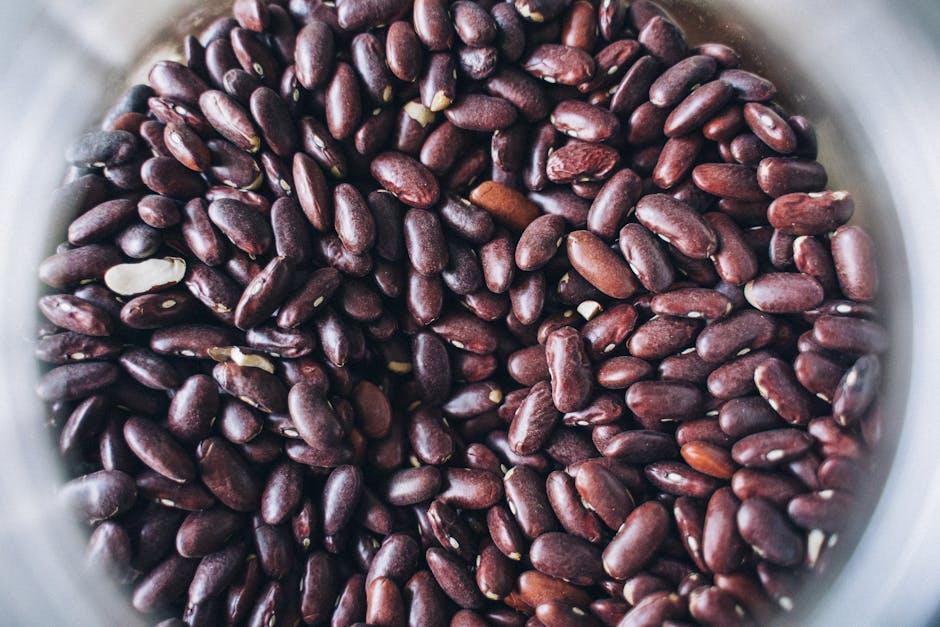
Understanding the Foundations of the GAPS Diet Full Protocol
The GAPS Diet Full Protocol is grounded in the principle that healing the gut lining can dramatically improve overall health, particularly for those struggling with digestive and neurological conditions. This approach emphasizes nutrient-dense, easily digestible foods that nourish the gut flora while eliminating toxins and irritants. Central to the protocol is a progressive reintroduction of foods, starting with homemade broths, fermented vegetables, and probiotic-rich foods, which help restore balance and reduce inflammation.
Adopting this full protocol requires careful attention to food preparation and meal timing. Meals are designed to be simple yet powerfully restorative, focusing on fresh, organic ingredients and avoidance of processed products. Key elements include:
- Bone broths for gut repair
- Fermented foods to rebuild healthy microbiota
- Steamed or sautéed vegetables for easy digestion
- High-quality fats such as ghee and olive oil
- Gradual reintroduction of nuts, seeds, and fruits
| Food Category | Role in Healing | Examples |
|---|---|---|
| Bone Broth | Gut mucosa repair | Chicken, beef, fish broth |
| Fermented Foods | Microbial balance | Sauerkraut, kefir, yogurt |
| Vegetables | Digestive support | Spinach, zucchini, carrots |

Essential Foods to Include and Avoid for Optimal Gut Healing
When nurturing your digestive health, prioritizing nutrient-dense, easily digestible foods can accelerate gut recovery and reduce inflammation. Focus on bone broth, rich in collagen and amino acids that gently heal the intestinal lining. Incorporate a variety of fermented vegetables like sauerkraut and kimchi to replenish beneficial probiotics, vital for maintaining a balanced microbiome. Soft-cooked non-starchy vegetables such as zucchini, spinach, and carrots provide essential vitamins without overwhelming your system. High-quality animal fats and proteins like organic pasture-raised meats, eggs, and wild-caught fish offer crucial building blocks for tissue repair.
Conversely, certain foods can hinder the healing process by irritating the gut or promoting dysbiosis. It’s best to avoid refined sugars, grains, and processed foods that feed harmful bacteria and contribute to inflammation. Dairy, especially pasteurized and high-lactose varieties, often exacerbates digestive stress when reintroducing foods. Raw cruciferous vegetables and legumes might cause discomfort due to their complex fibers and anti-nutrients. Pay special attention to minimizing artificial additives, preservatives, and seed oils that impair gut integrity.
| Recommended | To Avoid |
|---|---|
| Bone Broth | Refined Sugars |
| Fermented Vegetables | Grains & Legumes |
| Pasture-Raised Meats | Pasteurized Dairy |
| Cooked Non-Starchy Veggies | Processed Foods |
| Healthy Animal Fats | Seed Oils & Additives |

Crafting Balanced Meal Plans for Each Stage of the GAPS Diet
Designing meal plans for the various phases requires both flexibility and attention to nutritional details. In the early stages, focus on easily digestible broths, gelatin-rich soups, and simple fermented foods to support gut healing. As the protocol progresses, gradually incorporate a wider variety of protein sources, cooked vegetables, and fermented dairy if tolerated. This phased approach ensures the digestive system adapts without overwhelming it, providing incremental nourishment and promoting holistic recovery.
Key elements to consider when crafting each phase’s meals include:
- Choosing organic, high-quality ingredients for optimal nutrient density
- Balancing macronutrients with an emphasis on natural fats and proteins
- Incorporating fermented foods carefully to encourage healthy gut flora
- Monitoring individual reactions and adjusting foods accordingly
| GAPS Phase | Emphasis | Typical Foods |
|---|---|---|
| Introduction | Gentle nourishment | Bone broth, stewed meats, fermented vegetables |
| Full GAPS Diet | Expanded variety | Raw vegetables, homemade yogurt, nuts and seeds |
| Reintroduction | Testing tolerance | Gradual addition of grains, fruits, and starches |

Incorporating Nutrient-Dense Bone Broths and Fermented Foods
Bone broths are an essential cornerstone in a GAPS diet, prized for their deep nutrition and gut-healing properties. Rich in collagen, gelatin, and minerals, these broths support intestinal lining repair and enhance immune function. Incorporating a variety of bones—beef marrow, chicken carcasses, or fish frames—and simmering them slowly unlocks a potent elixir packed with amino acids like glycine and proline. Regularly including bone broth soups or sipping warm cups between meals can dramatically boost gut integrity and reduce inflammation, a key objective during the GAPS protocol.
Alongside bone broths, fermented foods introduce beneficial probiotics that rebalance the intestinal microbiome. Fermented vegetables such as sauerkraut, kimchi, and preserved cucumbers, as well as cultured dairy like kefir and homemade yogurt, provide live enzymes and friendly bacteria vital for digestion. These foods should be gently introduced and increased gradually, observing individual tolerance. Their combination with nutrient-dense broths creates a synergistic effect, reinforcing gut health and amplifying recovery. For meal planning ease, consider this simple guide:
| Food Type | Examples | Benefits |
|---|---|---|
| Bone Broth | Beef, Chicken, Fish | Collagen, Amino Acids, Minerals |
| Fermented Veggies | Sauerkraut, Kimchi, Pickles | Probiotics, Enzymes |
| Cultured Dairy | Kefir, Yogurt | Healthy Bacteria, Calcium |

Practical Tips for Meal Preparation and Maintaining Dietary Compliance
Efficient meal preparation is the backbone of success when following the GAPS Diet Full Protocol. Embrace batch cooking by preparing large quantities of homemade broths, fermented vegetables, and slow-cooked meats at the start of your week. Utilize airtight containers to portion meals for grab-and-go convenience, reducing the temptation to stray from dietary guidelines during busy days. Remember, simplicity is key—focus on recipes that use fewer ingredients but remain nutrient-dense and flavor-packed. Incorporating a weekly grocery list that prioritizes fresh, organic produce and quality fats can streamline your shopping trips and eliminate uncertainty about compliant ingredients.
Maintaining dietary compliance can be challenging, but integrating mindful habits makes it achievable. Create a dedicated kitchen space for GAPS-approved foods to visually reinforce your commitment. Consider keeping a journal or app to track your meals, symptoms, and progress, which offers insight and motivation as your health improves. Below is a quick reference table of snacks and meal components ideal for different times of the day that align seamlessly with the protocol.
| Time | Meal Option | Benefits |
|---|---|---|
| Morning | Bone broth with ginger | Soothes digestion, boosts immunity |
| Midday | Fermented vegetable salad | Supports gut flora balance |
| Afternoon | Hard-boiled eggs & avocado | Provides energy and healthy fats |
| Evening | Slow-cooked stewed meats with steamed vegetables | Easy to digest, nutrient-rich |
Q&A
Q&A: Meal Plan for GAPS Diet Full Protocol
Q1: What is the GAPS Diet Full Protocol?
A: The GAPS (Gut and Psychology Syndrome) Diet Full Protocol is a specialized eating plan designed to heal the gut lining, improve digestion, and alleviate symptoms related to neurological and digestive disorders. It focuses on nutrient-dense, easily digestible foods while eliminating toxins and irritants to restore gut health and balance.
Q2: How does the meal plan support the GAPS Full Protocol?
A: The meal plan provides structured guidance for introducing foods in stages—from broths and fermented foods to vegetables, meats, and fats—aligned with the protocol’s phases. It ensures that nutrient intake supports gut healing while minimizing inflammation and digestive stress.
Q3: What are the main phases of the GAPS Full Protocol meal plan?
A: The meal plan is typically divided into the Introduction Diet, which has six gradual stages, and the Full GAPS Diet. The Introduction Diet begins with simple foods like homemade bone broth and probiotic-rich fermented foods, gradually incorporating cooked and raw vegetables, high-quality meats, eggs, and fermented dairy. The Full GAPS Diet allows for a broader range of natural, unprocessed foods as gut health improves.
Q4: Which foods are emphasized in the meal plan?
A: Key foods include nutrient-rich bone broths, fermented vegetables (like sauerkraut), organic meats and fish, eggs, non-starchy vegetables, natural fats such as ghee and coconut oil, as well as probiotic dairy products when tolerated. The plan excludes grains, processed sugars, starches, and inflammatory foods.
Q5: Can the meal plan accommodate food allergies or sensitivities?
A: Absolutely. The GAPS Diet is highly customizable. The meal plan encourages close attention to individual reactions, allowing substitutions like coconut milk instead of dairy or alternative proteins if necessary. The goal is to support healing without triggering sensitivities.
Q6: How are meals typically structured on the GAPS Full Protocol?
A: Meals focus on combining healing broths or soups, fermented vegetables, protein-rich foods, and healthy fats, often served in multiple smaller meals throughout the day to ease digestion. Snacks tend to be simplified and gut-friendly, such as gelatin or smoothies with gut-healing ingredients.
Q7: How long should one follow the GAPS Full Protocol meal plan?
A: The duration varies based on individual health conditions and progress but generally ranges from several months to a few years. It’s often recommended to work with a healthcare provider or nutritionist for monitoring and guidance throughout the journey.
Q8: Is meal prep essential for following the GAPS Full Protocol?
A: Yes. Preparing homemade broths, fermented foods, and carefully selected ingredients is central to the diet’s success. Organizing meals ahead reduces stress, ensures nutritional adequacy, and helps maintain adherence to the protocol’s rigorous standards.
Q9: What are some creative meal ideas within the GAPS Full Protocol?
A: Consider bone broth-based vegetable stews enriched with sautéed organic meats, fermented carrot sticks as a crunchy side, creamy avocado mixed with probiotic yogurt for a snack, or slow-cooked ghee chicken served with steamed greens. Creativity helps keep meals enjoyable while compliant.
Q10: Where can I find resources or support for creating a GAPS Full Protocol meal plan?
A: Numerous books by GAPS founder Dr. Natasha Campbell-McBride, online communities, blogs, and nutritionists specializing in the diet provide extensive recipes and meal-planning tips. These resources can offer inspiration, troubleshooting, and encouragement throughout your healing journey.
In Retrospect
As you embark on the journey of the GAPS diet full protocol, crafting a thoughtful meal plan becomes your compass to healing and nourishment. While the path may require patience and creativity, the rewards extend beyond just food—they promise renewed gut health and overall vitality. Remember, each meal is more than sustenance; it’s a step toward restoring balance within. With careful planning and mindful choices, the GAPS diet can transform the way you connect with your body and the vibrant world of real, healing foods. Here’s to meals that don’t just fill the plate but also nurture the soul.







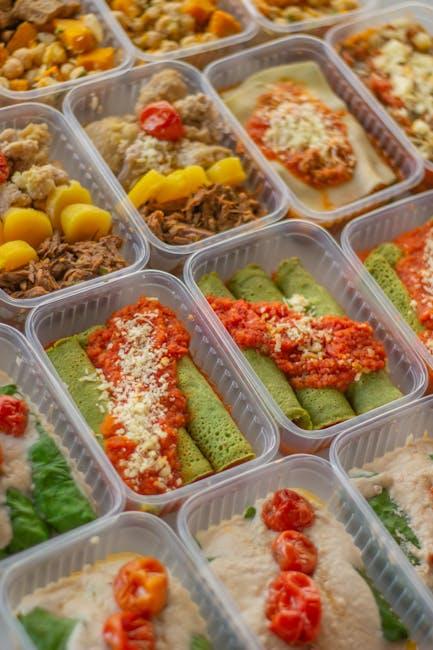
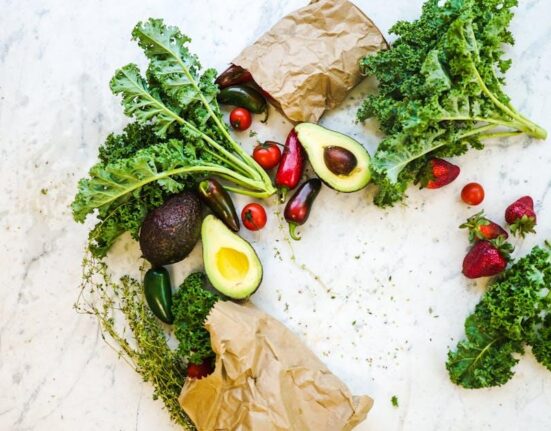
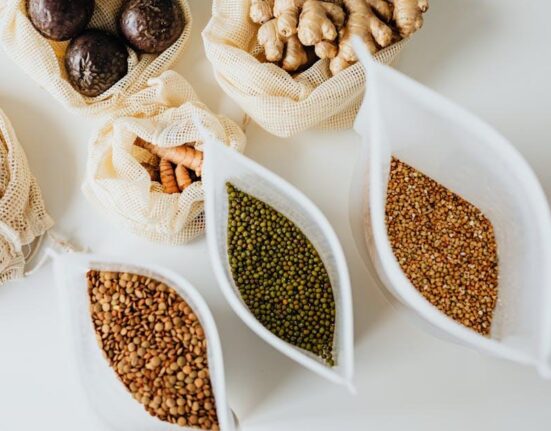
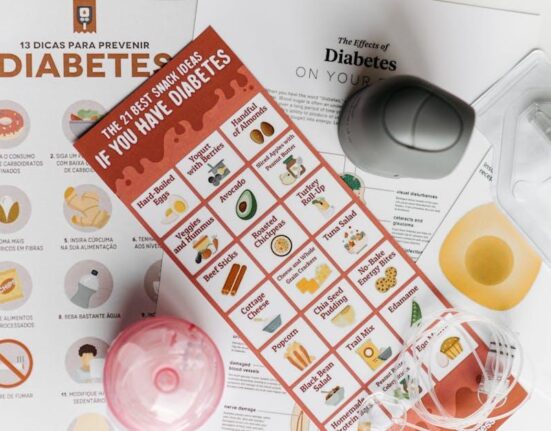



Leave feedback about this